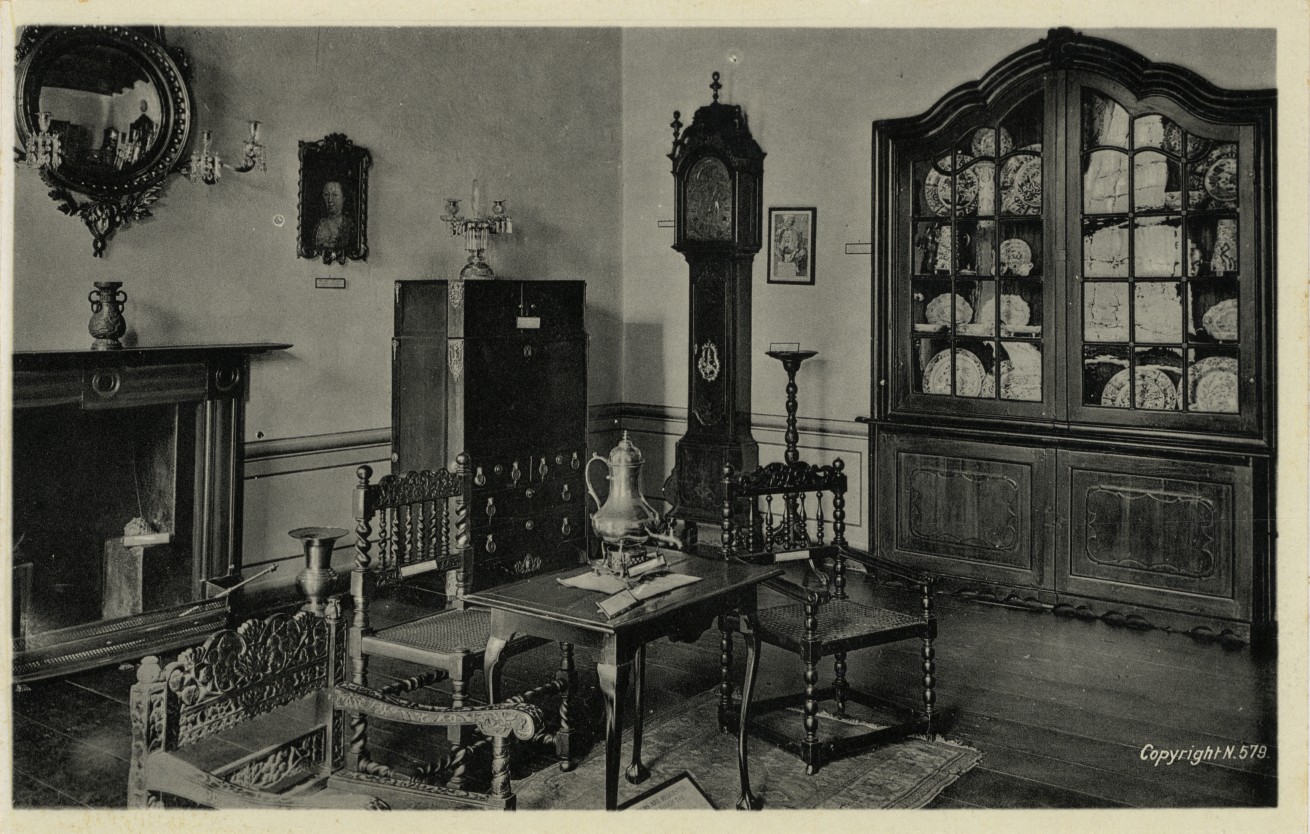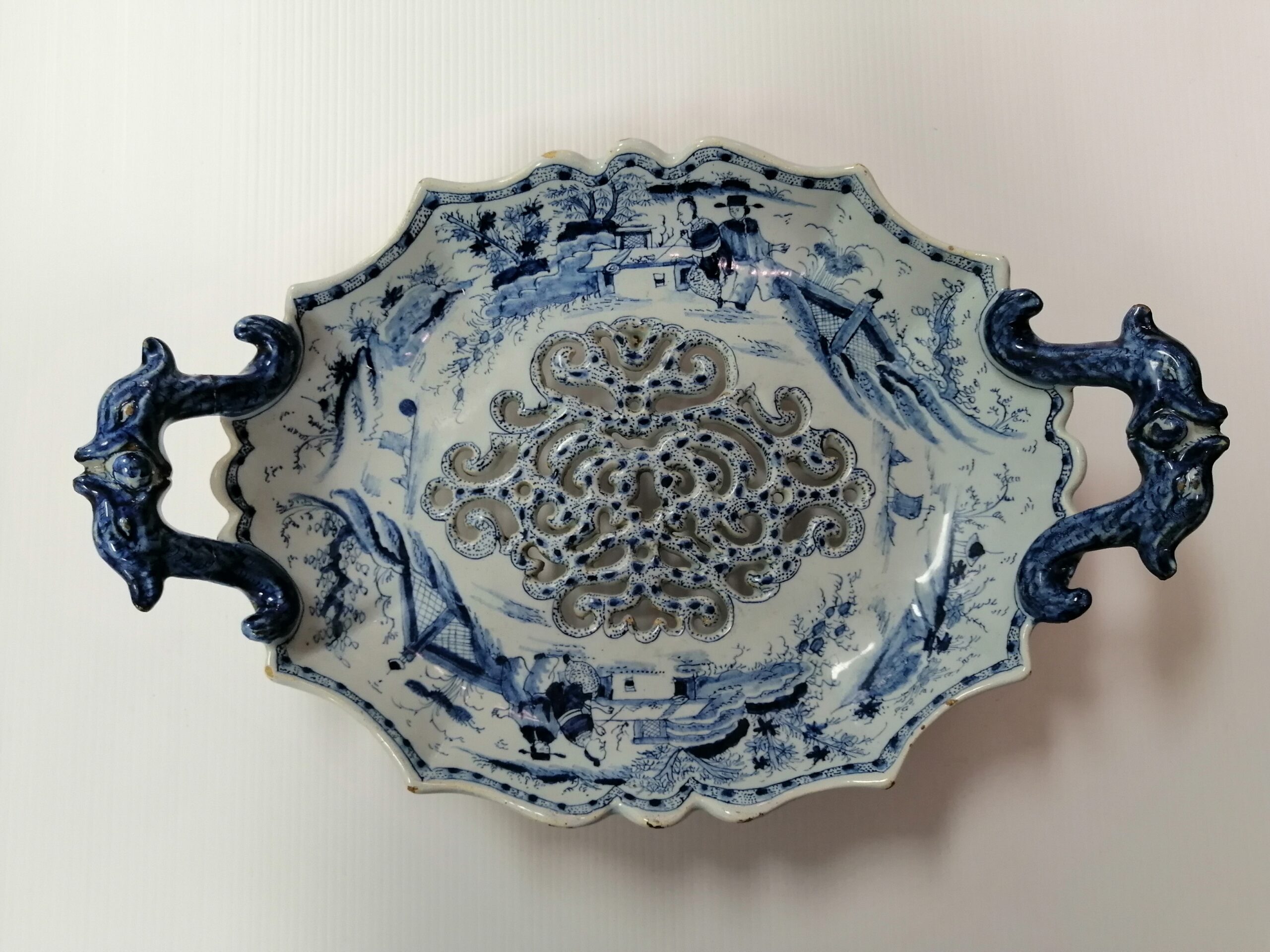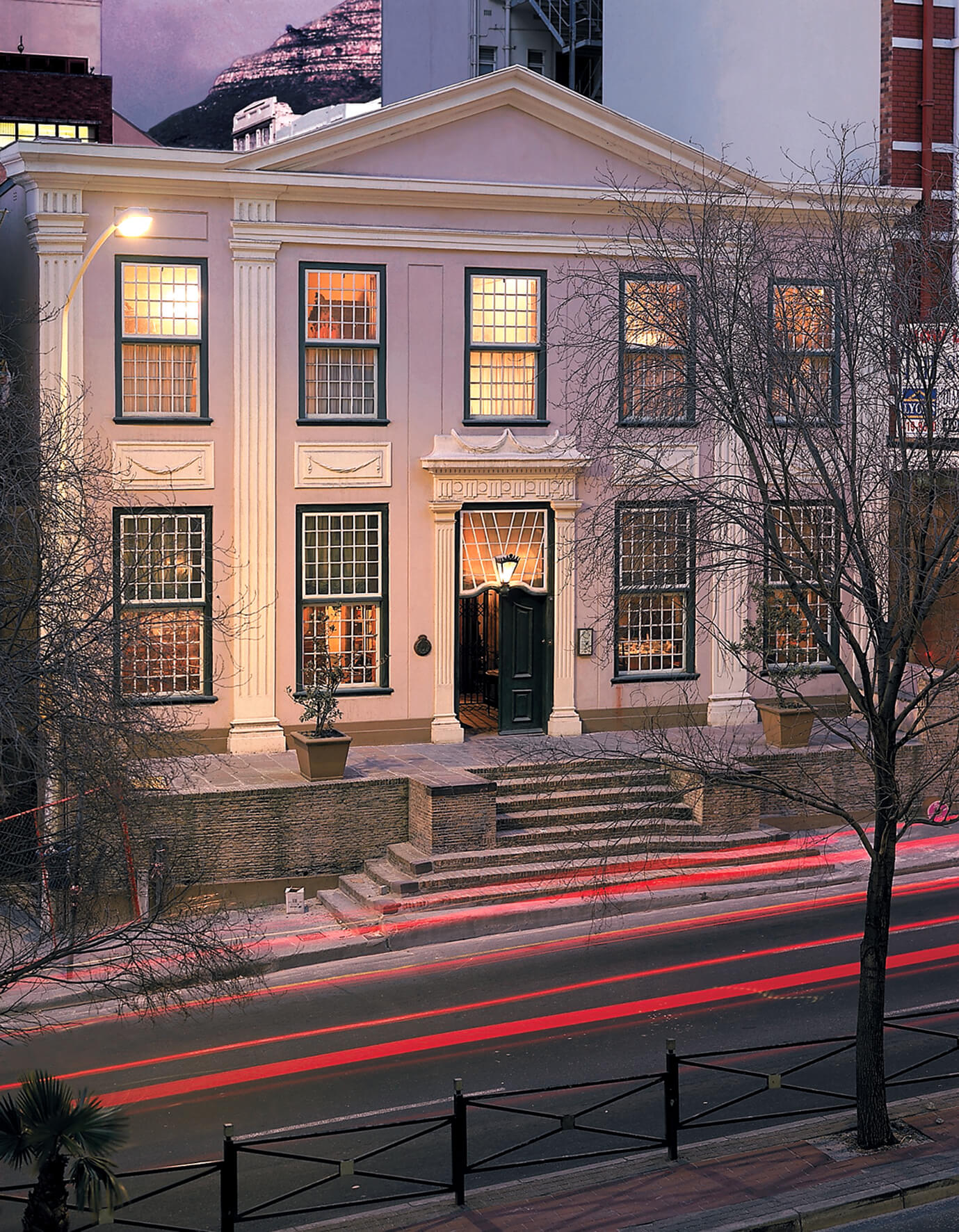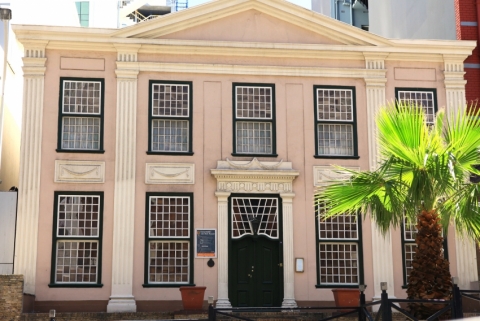The Koopmans – de Wet House opened in 1914, which makes it the oldest house museum in Cape Town, South Africa. Before the house became a museum it was occupied by Marie Koopmans – de Wet and her sister, Margaretha. Marie was well-known in her community, as she helped orphans and widows of the Boer republics during the South African war.
 Many of the museum treasures were first collected by the original owners of the house. The collection grew significantly after the house became a museum, with many purchases and donations. The house is richly decorated in a style typical of eighteenth century townhouses of well-to-do families. It contains paintings, carpets, mirrors, gold and silver. Houses like The Koopmans – de Wet house also would have contained Chinese and Japanese porcelain, and of course Delftware.
Many of the museum treasures were first collected by the original owners of the house. The collection grew significantly after the house became a museum, with many purchases and donations. The house is richly decorated in a style typical of eighteenth century townhouses of well-to-do families. It contains paintings, carpets, mirrors, gold and silver. Houses like The Koopmans – de Wet house also would have contained Chinese and Japanese porcelain, and of course Delftware. 
The Dutch East India Company, or the VOC for short (Verenigde Oost Indische Compagnie) quickly built a monopoly over international trade, responsible for the transportation of millions of goods between Europe and Asia during its almost two hundred year existence. The Cape of Good Hope was on the route, so a great variety of goods were brought there, from eastern woods, foods and much more. During the seventeenth century and eighteenth centuries, the VOC ships transported passengers in addition to goods. People traveled to the colonies to visit family and friends, or back to The Netherlands to seek a better education, or to find a suitable lover. Many passengers simply wanted to start a new life in the colonies of the Cape of Good Hope or Batavia. The regular ship traffic informed colonists of current events in their homeland through word of mouth, journals, newspapers and letters.
The Koopmans – de Wet House has a wonderful collection of Delftware among other ceramics that are displayed inside a curiosity cabinet in a richly decorated room. The collection and the unique house are not to be missed.


